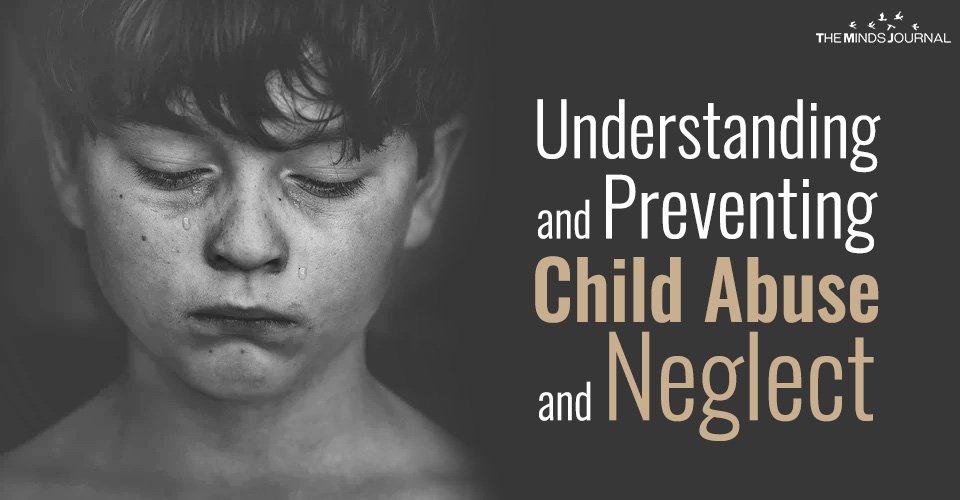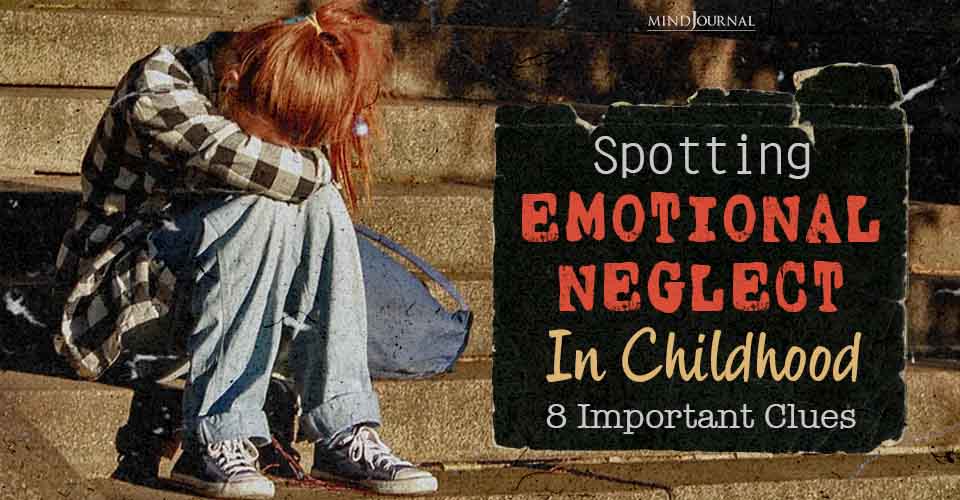“Workplace bullying breaks hearts, morale, drive, passion, and the confidence to do productive and meaningful work.” – Ty Howard, National Anti-Bullying and Hazing Expert
Key Points:
- Workplace bullying targets an organization’s best employees, negatively impacting their health and well-being.
- When bullying is allowed or sanctioned in an organization, bad followers emerge, following the bully’s ethos.
- Workplace bullying creates a toxic culture that kills creativity and discourages people from speaking out against injustices.
Bullying is like a freight train, at first distant and subtle, before barreling through your expectations of merit and fair play as guiding principles of work-life.
Workplace bullying is defined as the purposeful, nonsexual, attack on an individual by a person, group, or organization for the purpose of driving the target out.
Despite increased leadership training programs and sensitivity workshops, workplace bullying is on the rise. According to the Workplace Bullying Institute’s Zogby 2021 Survey of 1,215 working adults, approximately one-third of workers report being bullied on the job, a significant increase from the 19% recorded in the WBI’s 2017 Survey.
And it is not just the bullies who are affected; witnesses of workplace abuse suffer vicariously, reporting similar symptoms to those directly targeted. All in all, approximately 79.3 million workers have been negatively impacted by psychological terrorism on the job. Below are 10 reasons why bullying is destroying the workplace.
Related: Workplace Bullying Is A Play: Meet The 6 Characters
10 Reasons Why Workplace Bullying Is Harmful
1. Impacts A Significant Number Of Employees
Workplace abuse dances across genders and up and down the food chain with some notable nuances. Most bullies are men, 67% to be exact. When it comes to workplace abuse, men target women (58%) more frequently than their male counterparts (42%). Women, on the other hand, prefer to prey on their own, targeting females 65% of the time.
Though 65% of bullying flows down the chain of command, with senior-level positions abusing those falling below them on the hierarchy, the trajectory is not static. Surprisingly, 21% of workplace abuse victims are bullied by peers and 14% are bullied by those holding less senior roles.
At its root, bullying is about power, allowing low-level employees with high levels of influence to utilize fear, gossip, and manipulation to attack the reputation of those they report to. All in all, few are safe from psychological terrorism on the job.
2. Targets Organizations’ Best Workers
Victims of workplace bullying are targeted for their greatness. They are typically well-liked. These characteristics bump up against the personalities of bullies causing combustion. Targets radiate kindness and are often sought after for advice, charging bullies to erode their victims’ social capital and shake their confidence.
Targets are highly skilled, internally motivated, and nonconfrontational, leading bullies to take advantage of their benevolent worldview by offloading work and then taking credit for targets’ superior performance and creative ideas. Targets are curious, constantly asking questions and digging into problems, threatening bullies’ need to exert unilateral control and serve as gatekeepers to people and ideas.
Bullies are the antithesis of targets and thus try to eliminate these star employees from the workplace in an effort to maintain the status quo that allows them to remain in power.

3. Impedes Whistleblowers From Speaking Out
Victims of workplace bullying tend to be highly ethical, internally charged to fight for the just cause, and willing to blow the whistle, even when speaking out makes them a prime target on the bully’s firing range.
Whistleblowing, according to Near and Miceli, is “the disclosure by organization members (former or current) of illegal, immoral, or illegitimate practices under the control of their employers, to persons or organizations that may be able to effect action.”
Employees’ degree of moral courage, not their age or tenure at an organization, is the main determinant of their propensity to speak out when faced with an ethical dilemma, fighting injustices head-on instead of looking the other way in an effort to pad their pockets or avoid negative confrontations.
In bully-prone cultures, wrongdoings are swept under the rug, and whistleblowers are retaliated against for speaking out. Subsequently, witnesses to the retaliation become less likely to report poor behavior, ethical violations, and illegal activities, contributing to increased levels of toxicity in the workplace culture.
Related: Workplace Bullying: 6 Reasons You Are Being Bullied At Work
4. Encourages Bad Followers
When bullying is allowed or sanctioned in an organization, bad followers emerge, following the bully’s ethos and carrying out his evil deeds. Unfortunately, many employees often adopt a pragmatic stance while at work, mirroring the behaviors of the dominant culture and turning a blind eye to unethical decision-making.
Bad followers tend to fall into one of four categories. The first group acquiesces to a corrupt culture in an effort to personally profit, the second group is fed by the drama of the deceit, the third group goes along in an effort to avoid conflict, and the fourth group is simply disconnected, exhibiting a sense of indifference.
Whistleblowers, on the other hand, possess a strong moral character, leading them to turn their back on the crowd and dominant ideologies and call out wrongdoings. Consequently, they become prime targets for relentless abuse.
5. Degrades Targets’ Humanity And Sense Of Self
For many, work is a surrogate home, a space to feel valued and seen. But, what happens when a bully decides to excommunicate a beloved member of the flock through a Degradation Ceremony, a term first introduced by the sociologist Harold Garfinkel in 1956?
Degradation Ceremonies are initiated by a bully when the victim breaks with cultural norms. This transgression may take the form of a well-deserved promotion, the introduction of an innovative idea, the exhibition of high levels of productivity that recalibrates the status quo, or blowing the whistle on ethical violations—all behaviors companies with a strong moral compass should value and encourage.
In an attempt to bring the victim back into compliance with the toxic cultural norms, the bully will often deploy tools of gossip, manipulation, sabotage, and isolation. If those tactics prove unsuccessful, the bully will flip the script on the innovative, productive, well-liked, and highly ethical employee, painting her as an incompetent fool and social deviant.
In response to these allegations, and out of fear of being targeted next, co-workers join in on the attacks. The betrayal of one’s friends and co-workers is devastating to the victim. The Degradation Ceremony concludes when the stigmatized employee is driven out of the workplace and deemed untouchable.
Consequently, the target of the Degradation Ceremony becomes awash in shame as the character assassination obliterates her self-worth and leaves her questioning the goodness of humanity.
6. Increased During COVID
As people stepped away from office life during the COVID quarantines, many bully victims dreamed of a possible reprieve from workplace abuse. Unfortunately, according to the WBI 2021 survey, no relief was to be found and COVID culture actually accentuated psychological terrorism on the job.
In response to the crisis, many essential workers were forced to work extended hours with little relief. Other workers adopted a hybrid or fully remote model. Remote workers appeared to catch the brunt of the bullying, targeted for abuse 44% of the time compared to the 20.6% of in-person workers and 17.4% for those working in a hybrid model.
Though bullying was on the rise for remote workers, it was witnessed to a lesser degree (18.3%) when compared to hybrid models (29.3%), likely due to the majority of work being conducted through phone calls and virtual meetings. Bullying is less likely to occur via emails, for bullies avoid leaving a paper trail.
Related: The 6 Stages Of Workplace Bullying
7. Stifles Creativity And Innovation
Work cultures that open up space for employees to share their ideas, collaborate across specialty and rank, voice concern up and down the chain of command, and push back on top-level decisions that feel wrong tend to breed innovation. Such cultures provide the psychological safety necessary to get comfortable being uncomfortable, in other words, cultures that practice high care make room for high criticism, a necessary component of creativity.
In contrast, bully-prone cultures lack long-term accountability, discourage freedom of speech, create steep hierarchies, are reluctant to change or stretch, reward silence, hide problems, possess a fluctuating moral code, and blame and shame instead of attempting to untangle knotty problems.
8. Impedes Psychological Safety
A large-scale study done at Google showed that the most predictive factor of successful teams was not the level of education, time spent together, or even availability of resources but psychological safety.
Psychological safety, according to Harvard Professor Amy Edmondson, “is broadly defined as a climate in which people are comfortable expressing and being themselves … they feel comfortable sharing concerns and mistakes without fear of embarrassment or retribution.”
Bullying, however, erodes psychological safety, daily subjecting victims to gossip, manipulation, sabotage, and exclusion as methods of control. Over time, in an attempt to escape rebuke, employees learn to silence innovative ideas, keep their heads down, and follow the status quo of the organization, therefore helping to cement the stagnant and toxic culture.
9. Causes Significant Mental And Physical Suffering
Bullying hurts. Studies show ostracization, a primary tactic of workplace abuse, stimulates the anterior insula and the dorsal anterior cingulate, the same brain areas activated during physical pain, warning the body of loss of social connection. Humans are wired for attachment, according to Robert Sapolsky, MacArthur Foundation Genius Grant recipient. A need likely evolved from the wild, where being alone leaves one vulnerable to injury and death.
When a victim of workplace abuse is labeled as “other” and subjected to daily doses of gossip, manipulation, sabotage, and ostracization, their body responds accordingly.
Targets of workplace bullying frequently suffer from insomnia, panic attacks, high blood pressure, weight fluctuation, anxiety, complex PTSD, and suicidal ideations that often persist years after the bullying stops.
Intensifying the damage, most victims of workplace abuse ultimately lose their job (67%) leaving them void of insurance and social connection when both are needed the most.
Related: Pain Of Ostracization: 5 Things To Know About Being Excluded At Work
10. Leads To Career Loss
Currently, the United States is one of the few industrialized nations that does not protect employees from workplace bullying outside of protective classes such as race and gender, which are often nonapplicable or difficult to hold up in court. For example, in 60% of bullying cases, the bully and victim are of the same gender.
This leaves victims of workplace abuse with few options for fighting back, an unfortunate circumstance when 67% of bullying victims lose their job in contrast to the 23% of bullies who suffer negative consequences for their deplorable behavior. When targets of workplace bullying reach out for help, 63% are met with a disappointing outcome.
Work cultures that tolerate abuse tend to normalize bad behavior, discount complaints, hide pervasive personnel problems, or defend abusive conduct as a necessary means for maintaining a competitive edge.
Magnifying the injustice, those who report bullying often suffer retaliation in the form of a heightened workload, withheld resources, project sabotage, and character assignation.
Workplace bullying targets our best employees, stifles innovation, and creates toxic cultures that negatively impact employees’ health and well-being.
Want to know more about the effects of workplace bullying and how to survive it? Check this video out below!
Written By Dorothy Suskind Ph.D Originally Appeared On Psychology Today










Leave a Reply